Green technology helps safeguard the environment from total destruction.
Inside This Article
What Is Green Technology?
Green technology refers to the use of technology and science to create environmentally friendly products.

The term environmentally friendly has become lost in translation in the media.
Generally, its a description of any service or product that does not cause any harm to the environment.
It may also refer to a product or service that has a positive impact on the environment.

There are many objectives to green technology.
But its foremost objective is to protect and preserve the environment.
This technology converts crops into biofuels, and the resulting carbon dioxide is captured.

Most of the applications of green technology can be found in industrial and corporate configs.
Examples include technologies that recycle waste, purify water, or reduce pollution in water sources and air.
But these arent limited to industrial use and may apply to household items as well.

Basic Principles Behind This Technology
The term green technology or eco-friendly technology are quite broad concepts.
They are handy items anyone can use, and they can contribute to the betterment of the environment.
In many cases, the concept of technological development and innovation just doesnt mix well with environmental conservation.

For many years, these ideas have always existed on opposite poles.
That is, one is a potential cause for destruction and the other bearing the brunt of that destruction.
But with environmental technology, the two poles have merged.
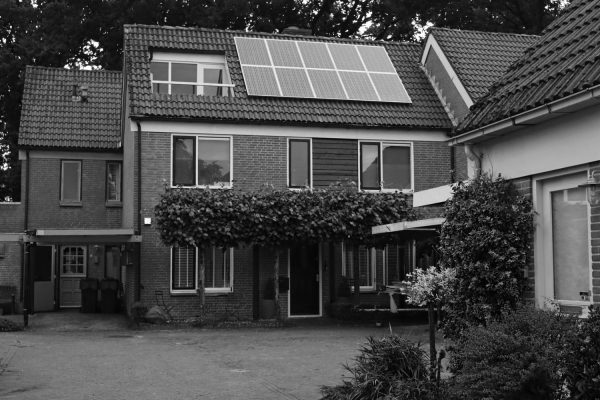
There was a time long ago when incandescent light bulbs were the norm.
But they consume so much electricity, and much of it is being expended as heat.
Then came smart light bulbs and LEDs, humble little inventions that would change the lighting game.

LEDs are great for a variety of reasons.
They take up much less energy, have a much longer lifespan, and use safer materials.
LEDs also boast of an 80% improvement over incandescent energy consumption.
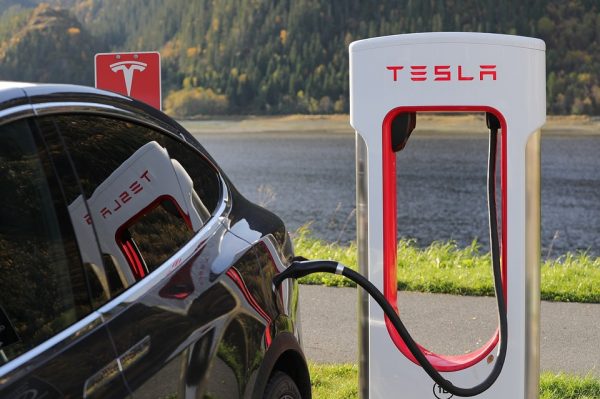
This translates to high energy savings and lowers electricity bills on your part.
These bulbs also have an incredibly long lifespan of 10,000 hours.
Another thing about LEDs is that they do not contain harmful chemicals like mercury.
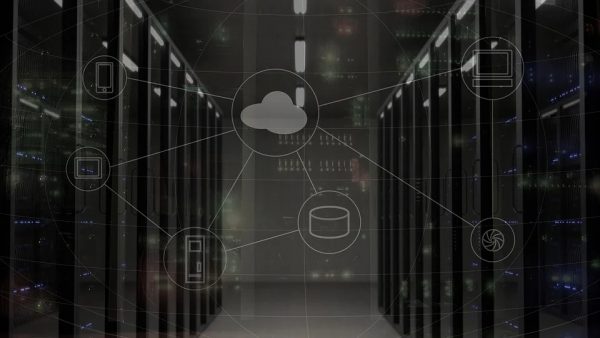
This way, you wont risk inhaling toxic fumes if and when it breaks.
Another benefit to LED bulbs is that they have the ability to focus light on a concentrated point.
Incandescent light bulbs and fluorescent bulbs often are only able to send light in all directions.
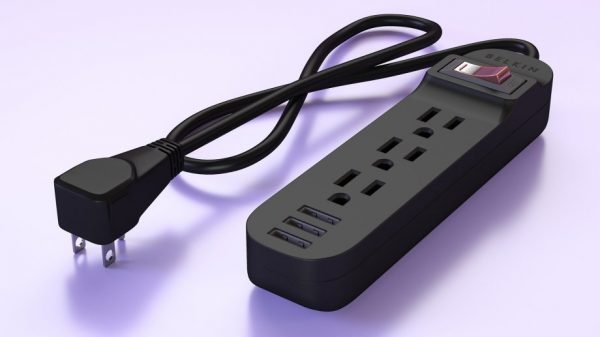
On the other hand, LED bulbs can direct light without affecting the surrounding environment.
The latestsmart bulbseven let you choose a schedule for when it will turn on or off.
Some can even change colors or flicker on command.
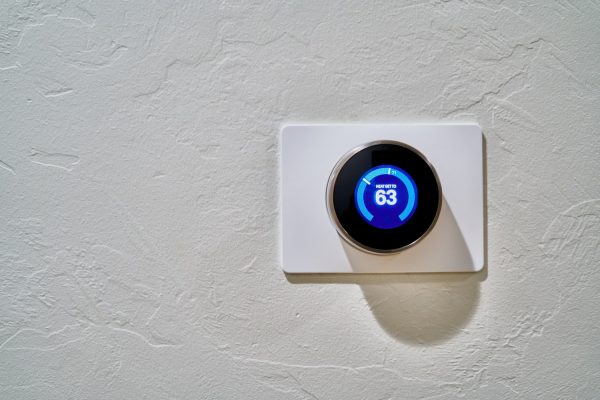
This will not only reduce your carbon emissions but also reduce your electricity bills.
Solar photovoltaic (PV) systems are more commonly known as solar panels.
Outside of traditional power plants, solar panels are the next best alternative.

The main reason for solar powers popularity has to do with its reduced carbon emissions.
Generating electricity through traditional means (aka fossil fuels) generates greenhouse gas emissions.
And the truth is, fossil fuels are still being used to produce 62% of global electricity.

As such, its not hard to see how we are producing 50 million tons of CO2 each year.
By going solar, you’ve got the option to reduce your own carbon footprint.
Besides that, you are also saving yourself from massive electricity bills.

And its not just solar panels now.
We also now have solar batteries that can store extra solar power for later use in the home.
Essentially the solar panels are connected to the batteries.

The panels then redirect excess electricity to the batteries.
The amazing thing about these batteries is they can transmit electricity to and from the main grid.
They can borrow electricity when you need it, and also return excess electricity.

Renewable Energy Sources
Other than solar energy, there are other alternative sources of energy.
These are the renewable types of energy, otherwise known as clean energy.
These include wind, biogas, geothermal, biomass, and low-impact hydroelectricity, to name a few.
Being renewable means that they are available and in steady supply in nature.
In contrast, fossil fuels are considered non-renewable since they cannot be replenished.
There are multiple benefits to renewable energy sources.
First off, they generate zero greenhouse gas emissions.
They are also associated with zero air pollution emissions which help to clear up the air we breathe.
Geothermal and biomass systems do produce some air pollutants.
Other than that, renewable sources like wind and solar energy dont require water to operate.
This is unlike fossil fuels that need to be processed near water sources.
In fact, the water consumption associated with fossil fuels is competing with water needs.
On top of that, they are also notorious for polluting water sources.
Another benefit to renewable sources of energy has to do with diversification.
The ability to harness energy from multiple sources widens our options for sustainability.
Besides that, renewable energy also tends to sell at stable prices.
Compare this to fossil fuels that have highly erratic prices due to fluctuating supply.
Another notable thing about renewable energy is that it supports large-scale employment.
Most fossil fuel technologies are automatic and dont require much human interference.
On the other hand, the renewable energy industry requires more people to work across different facets.
As such, there is more opportunity for employment, which is good for the economy.
Growth in the sector may also create positive ripple effects for local industries.
Electric Cars
Electric cars are all the rage in the automotive industry for a good reason.
Other than that, its also much more efficient than gasoline cars.
Being more efficient also means that it requires less maintenance than internal combustion engines (ICEs).
It also has better capabilities for acceleration.
you’re free to also expect a much smoother and quieter driving experience.
Another major selling point for electric cars is zero to minimal carbon emissions.
The electric engines convert energy electrochemically.
This means it doesnt produce toxic fumes as gasoline cars do.
It also runs on lithium-ion batteries that have recyclable components and sometimes convertible for use with solar power systems.
But then again, carbon emissions cant be completely taken off the table.
Thats because there are still some emissions involved in making the electric car.
Another thing that makes a difference is the source of the electricity that you use to charge the car.
However, if the electricity comes from renewable sources, you will still produce less carbon emission overall.
Server Technology
Before cloud computing was even a concept, there were on-site data centers.
Servers worked fine, but there were several resource-based issues that came with them.
First off, the servers cost a sizeable capital investment for the infrastructure and hardware.
Another problem is that they consume large amounts of electricity.
Most servers also end up as eco-waste at the end of their life cycles.
The clear answer to these issues would be to migrate the data virtual equivalent of a server.
This is what is known as cloud computing.
The way cloud computing works is that it transfers storage and processing into a digital space on the internet.
This creation of a virtual space radically decreases energy requirements and consumption.
That is because there is no hardware to power up since everything is online.
This of course leads to a decrease in carbon emissions as well.
The lack of hardware also means there are no physical products to end up as eco-waste.
Another key benefit is that cloud computing is also heavy on sharing resources among different users.
This translates to a more efficient use of IT resources.
Also read:Cloud Infrastructure: How Does Cloud Computing Work?
These devices are known as energy vampires.
They are called as such because they suck the power out from the system without being too useful.
Any appliance that has an LCD panel or light still consumes electricity even when turned off.
These include devices such as your cable box, television, or microwave.
In the same light, devices that you leave on standby mode also keep taking up energy.
However, not everyone can take the time to check the entire house for devices left unplugged.
If you could relate to this, then a better and more eco-friendly alternative would be smart power strips.
Smart power strips work by allowing you the option to cut power to all devices plugged into them.
Smart power strips look a lot like the power strips that you probably already use at home.
The only exception is they are much more resource-efficient.
Most smart power strips also have a few outlets that are exempted from the power cut.
This means that you could save this section for devices that you want to keep on standby mode.
Programmable Thermostats
Programmable thermostats are another low-cost and eco-friendly green technology solution.
They let you create a schedule for temperature adjustments within your home.
In fact, most programmable thermostats even allow you set a schedule for each day of the week.
On the weekends, it’s possible for you to keep the temperature constant.
Some thermostats can even detect when the home is occupied or not.
It will then automatically adjust the temperature based on pre-set levels.
These abilities are common with smart thermostats.
But then you dont need smart thermostats exclusively.
There are other options that allow you to set schedules for temperature adjustment.
With programmable thermostats, you will be able to save energy and money on utility bills.
Personal thermostats also offer more comfort.
This is because they generally allow more precise management of temperatures.
They also allow you to change andmonitor temperatures remotely via a dedicated app.
Not to mention, they are also able to more accurately measure temperatures compared to manual thermostats.
On the environmental side, the energy-saving abilities of programmable thermostats translate to decreased greenhouse gas emissions.
They also dont contain harmful chemicals like mercury.
Besides that, they are also mostly electronic.
Energy-Efficient Appliances
Different household appliances consume electricity differently.
But the devices that take up the most energy in the household are usually the larger ones.
That includes the dishwasher, washing machine, and refrigerator.
Doing so will help you cut down on electricity consumption.
This in turn leads to cost savings and reduced carbon emissions.
The best way to distinguish eco-friendly appliances is if they have the Energy Star rating.
Energy Star is a long-term program of the U.S. Department of Energy that rates appliances for energy use.
The Department of Energy has strict standards for giving away the Energy Star rating.
And the standards also vary per jot down of product.
When it comes to the actual cost savings, dont expect a large discount on your monthly bills.
The cost savings per month are minimal, but they do accumulate over time.
Its also a great idea to max out your existing appliances before you purchase a new one.
With this, youll be able to enjoy what you paid for in full.
Youll also delay the transition of the appliance into waste.
Its benefits include promoting work flexibility, autonomy, and work-life balance.
There are also environmental benefits to working from home.
This in turn reduces overall carbon emissions.
It also reduces the number of toxic gases or pollutants circulating in the air.
Another benefit has to do with the reduction or elimination of paper consumption due to digitization.
Offices have always been notorious for paper consumption.
But with remote work, they can be free once and for all from a decades-long dependence on paper.
In addition to that, they are also saving trees by saving paper.
Besides reducing greenhouse gas emissions, telecommuting also reduces electricity consumption from office buildings.
As is general knowledge, these buildings often consume significantly more power than households.
Of course, by shifting to a work-from-home arrangement, you are also shifting the power costs to individuals.
Nevertheless, scientists say we can still expect an overall reduction in electricity consumption.
If youre working from home, remember that you always have the option to shift to energy-efficient devices.
Its probably one of the key activities that anyone can embark on to help the environment.
In the case of electronic devices, the need to recycle is ever more pressing.
Thats of course due to the non-stop accumulation of e-waste on a global scale.
There are a few benefits to recycling devices.
First off, recycling waste from electronics helps to save space in the landfills.
Electronics also contain materials that can be recycled without any processing.
This in turn would save resources and energy required for initial manufacturing.
For example, Apple claims that its Macbook Air with Retina display is 40% recyclable.
The company has its own recycling facility where you could surrender your devices.
You might even get rewarded with gift cards for turning over your old devices.
Electronics can also contain toxic materials like lead, mercury, and cadmium.
These materials can seep into the ground or water and cause irreversible damage to it.
Some states have even passed laws that require the recycling of old electronics.
Its also good to think of recycling as an act of reverence for the devices that you once loved.
It essentially exchanges the air inside of your house with that of the air outside.
A more efficient and eco-friendly solution would be geothermal heat pumps.
Geothermal power is one of the most efficient, eco-friendly, and sustainable conditioning systems.
Nearly three-fourths of all the energy generated through geothermal pumps comes from the ground.
That means it doesnt use electricity and doesnt produce carbon emissions.
Geothermal heat pumps work in much the way as HVACs.
But the main source of energy for the former comes from underground through an elaborate system of underground pipes.
During the winter months, the temperature is usually cooler outside than below ground.
During this period the exchangers collect heat from underground and transfer it to your home.
In the summer, the fluid in the loop absorbs heat from your home and sends it back underground.
Heat pumps are also useful for producing hot water inside the house during the winter months.
Nowadays, though, there are many examples of green technology that are within reach of the average household.
These technologies are different in function and form.
Still, they all contribute to the same goal of breathing life back into the environment.
Thankfully, there is an increasing awareness about environmental issues like global warming.
And this awareness will also increase the demand for eco-friendly technologies.